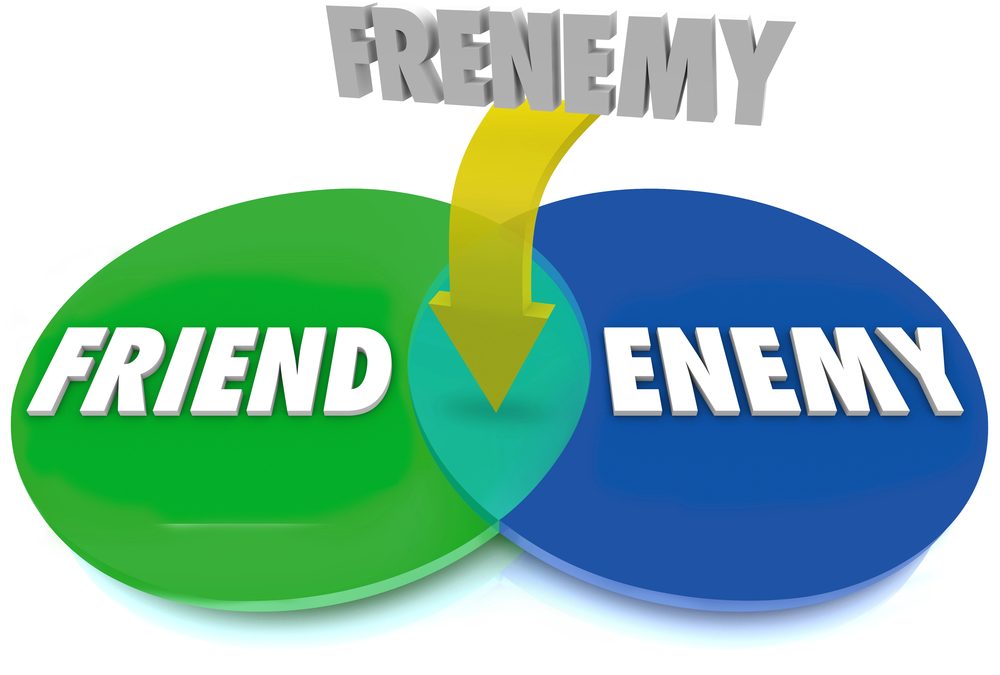I’ve always thought of myself as an optimistic person, especially when it comes to helping people find an occupation that optimizes their professional strengths. In my experience, most people who have been fired from their jobs are not bad, lazy, or incompetent workers, although sadly those characterizations are often associated with a job termination. In reality, most workers who have been let go were just not intended for that specific role, or the organization could no longer use their unique abilities. A couple of years ago, I described some ways to redirect an employee to a different role when things had changed and/or weren’t working out. This approach may be especially useful after a restructuring, prior to merger or acquisition, during a downsizing, or to solve an interpersonal problem like bullying or harassment. In all of these situations, it’s often smart to redirect an existing employee into another position. Most employees have talents and transferable skills that can be effective in more than one role.
 Breaking up is hard to do
Breaking up is hard to do
Sometimes, dismissing someone who just isn’t the right fit for the company is inevitable, and it’s often an unpleasant task for both the employer and employee. In some ways, being fired is similar to an awkward break-up, where someone is sitting across from you and saying ‘goodbye.’ Worst of all, there is an unavoidable implication which suggests that “you aren’t good enough” or “I don’t want you.” There is rarely enough sugar-coating to ease the discomfort of breaking it off with someone professionally or romantically.
One person feels the uneasy guilt that comes with having to terminate the relationship. The other person who’s being fired must deal with many unsettling emotions such as rejection, disappointment, and shaken confidence. Fully understandable yet disruptive and/or embarrassing reactions can occur when someone is being fired. For example, I’ve had clients tell me that they had to rush out of the boss’ office after being fired so that they could cry. Others described feeling dizzy, nauseous, anxious, and downright mortified which is hard to conceal as your being let go. On the flipside of this exchange, I’ve also heard managers and bosses relay stories of employees becoming belligerent or vindictive towards the company after a dismissal (this can lead to certain types of insider threats). A smart way to prevent conflict, legal action, and/or retaliation is to offer some outplacement services to the affected employee to help them line up their next job/career.
So, if asked, just as I would instruct a close friend on how not to break up with someone, I’ve got some suggestions for managers and business owners about how not to fire an employee. I understand that there are important differences between professional and romantic ‘breakups’, but both circumstances require tact, sensitivity, and discretion.
 6 rules to follow when you need to lay off, downsize, or fire someone
6 rules to follow when you need to lay off, downsize, or fire someone
1) Don’t be mean
If you’re not a reality star looking for TV ratings, or an unhinged leader who’s drunk on power, then you probably will care about an employee’s feelings when you have to let them go. Pointing a finger at someone’s face and callously hissing “You’re fired!” is certainly a dramatic yet unprofessional way to go about it. Managers and business owners can feel frustrated and annoyed by an employee who is no longer a good fit or isn’t pulling their weight and that can invite a less than friendly dismissal. My advice in those situations is to remain calm and professional even when some form of bad behaviour is contributing to this person’s job termination.
2) Don’t tell everyone
Do not discuss firing an employee with the affected person’s peers or others in the organization unless they need to be involved regarding human resources policies, procedures, etc. Oversharing this sensitive information can lead to additional negative reactions from the person who is being fired if they find out that others who did not need to know have been discussing it. It will also cause concern and disruption within the workplace and be perceived as unconstructive, unprofessional, and just plain old mean-spirited office gossip.
3) Don’t fire through, text, email or phone call
If the employee is available within a typical commuting distance of your location, then I’d recommend a face-to-face meeting … the same courtesy that you’d probably extend to a soon-to-be former romantic partner. The person you are dismissing has the right to a proper goodbye. This is especially true if the employee has been with the company for a long period of time.
 4) Don’t blindside someone
4) Don’t blindside someone
When it’s possible and appropriate, give some warning. For various reasons, this isn’t always feasible. But, if you are sensing that an employee isn’t taking the job seriously, they aren’t completing their work by the deadlines as routinely as they had before, or they’re taking significant time off work you might want to pull them aside and ask what is going on with them personally (e.g., problems at work or personal issues) before assuming their work is just inefficient.
If you have shown a genuine interest in helping them, and also let them know you that you’ve noticed their lack of productivity then when you let them go it won’t be as shocking to them. It can also prevent you from being accused that you didn’t give the employee a chance to improve.
5) Don’t do it alone
Include assistance from human resources (HR) if your organization has someone who covers this function. This is different from telling the employee’s co-workers about your plans to fire someone. HR should understand the need to be extremely discreet and can also help provide support during the dismissal and serve as a witness to the discussion between the employer and the employee.
6) Don’t pick an unsuitable place
Make sure the place where the dismissal occurs privately so that it won’t be watched or overheard by others. It’s possible to underestimate an employee’s reaction in response to being terminated, so make sure you choose the time and place wisely.
If you’re an employee who’s trying to bounce back after being downsized or displaced, or if you’re an employer/hiring manager who wants to arrange outplacement services I invite you to connect with me privately. I offer a free confidential 15 to 20-minute initial consultation by phone. Or, if you prefer, you can contact me by email, or via direct message on Twitter, Facebook, or LinkedIn.
More than career coaching, it’s career psychology®.
I/O Advisory Services – Building Resilient Careers and Organizations.
Easily share this article using any of the social media icons below.



